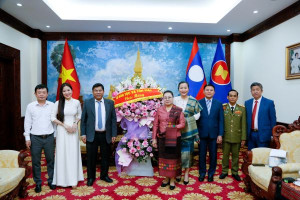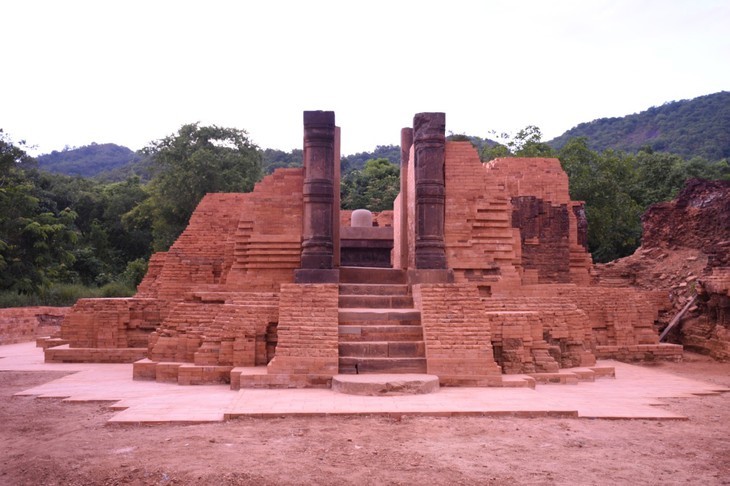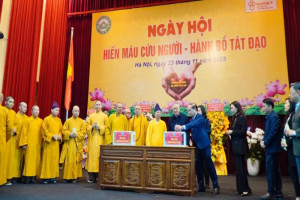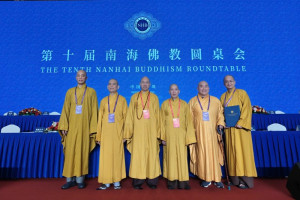
Vietnam and India are engaging in new development partnership projects in heritage conservation. They are working together to preserve the Temple at My Son; Dong Duong Buddhist Monastery in Quang Nam, and the Nhan Cham Tower in Phu Yen. VOV interviews Indian Ambassador to Vietnam Pranay Verma about this aspect of bilateral cooperation.
Reporter: Why do India and Vietnam take heritage conservation as a focus of their bilateral cultural cooperation?
Ambassador Pranay Verma: I would say that heritage conservation is actually an excellent way of reminding us how profoundly and deeply we are connected historically as culture, as civilization. This is an area where India has lots of expertise because we have some of the oldest institutions in the world engaging in archaeological conservation. I mention the Archeological Society of India. That is an institution that is actually doing the work in Vietnam, in My Son, right now. I think it’s something that has an element of partnership and element of development for our future generation and the standing cultural relations. This is also an area of tourism. Monuments are being restored to be tourism attractions globally. Especially in this aspect, people are connected, like in India case, the Cham monument here has very important Indian cultural symbolism.
Reporter: How do you evaluate our cooperation in cultural conservation?
Ambassador Pranay Verma: I think it’s very good. They have taken a lot of measures already. We are having models in that direction. If you look at the My Son monument itself and other monuments set out in that area, we have seen progress taken by the government of Vietnam that we are only trying to help with everything we can depending on the interest and needs of the Vietnamese site. This is an area that we learn how to respect each other. When our experts come here, when they try to conduct projects on heritage conservation, they also absorb elements of practices that Vietnam adopts in terms of materials, use of technology, how to go preserving all heritage, so that it protects the natural environment. All of these things are not just giving to Vietnam but also learning in the process from Vietnam. This is something an exchange of ideas that made the heritage work more successful.

The My Son temple complex in Quang Nam province stands as a glorious symbol of Vietnam-India cultural cooperation. (Photo: Indian Embassy in Vietnam)
Ambassador Pranay Verma: The My Son complex is a very large temple complex. We are taking 3 projects by now. Block H, block K, and block A inside the My Son complex. We have already finished H and K. A has been started. In block A, they are discovering Shivling Indian cultural symbols. We have new proposal for the F block of temples inside My Son. It’s not about having a new building. It’s about preserving heritage values. It still looks as a ruined building. The idea is not building up but to help it stay like that for a longer time so it doesn’t collapse, crumble, and disappear. They clear the site around this place, foliage and plants which grow around. If there are artifacts underground, they dig them up and bring them out, clear the area and repair the part which are falling apart but use the material which is not altering the original characteristics of that architecture or the building. It’s not about turning them into a modern building but actually preserving the antiquity and let them tell the story about our past. Reporter: Can you give us more details of how the work is being done in My Son?
Vietnam-India cultural cooperation, civilization is a big project that we need to do. Vietnam’s social sciences as our partners. We hope to be ready to take next year when we celebrate the 50th anniversary of our diplomatic relations.
Reporter: Thank you, Ambassador Pranay Verma for this interview!




